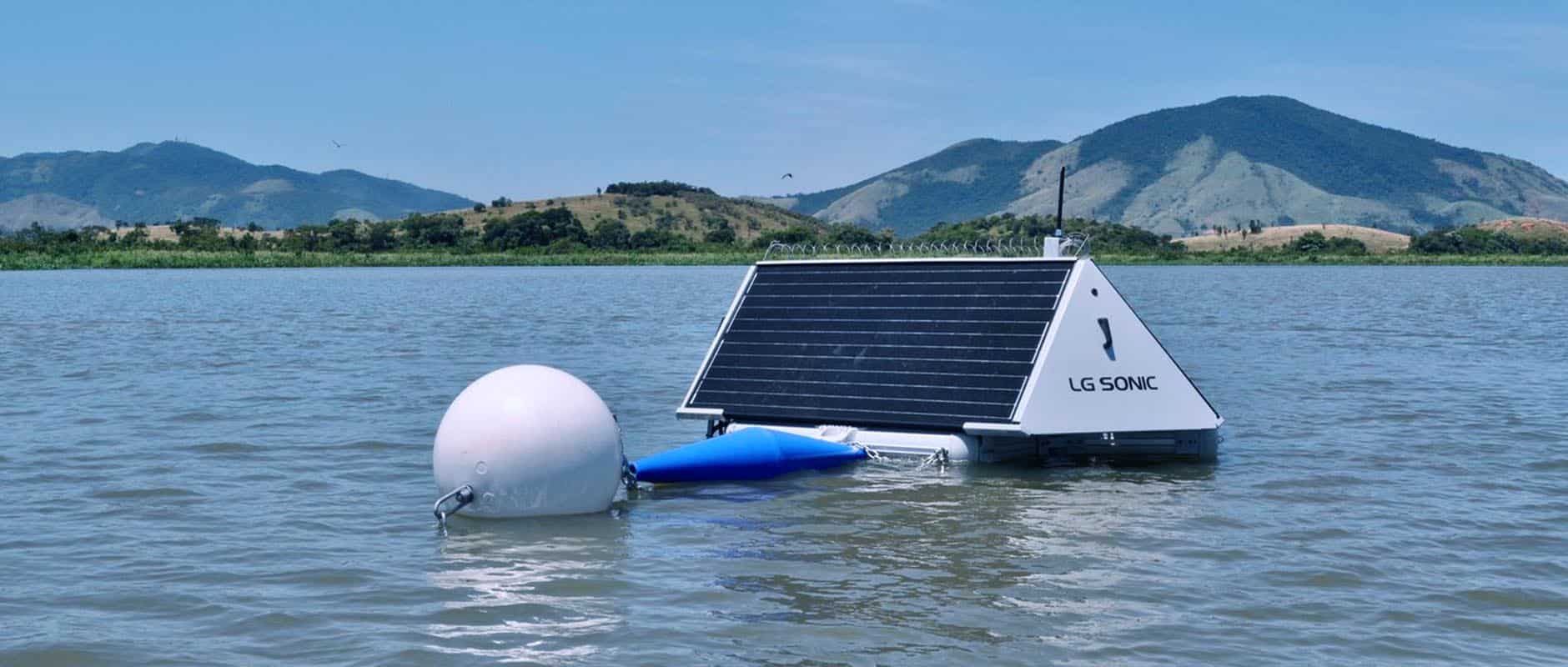Brazil, a country known for its lush rainforests, has been facing severe water issues in recent years. One of the most significant problems the country faces is the overgrowth of algae in its water bodies. Algae are aquatic plants that can cause environmental and health problems when their growth is unchecked. In this article, we will discuss the causes and effects of excessive algae growth in Brazil, as well as some possible solutions to mitigate the problem, such as the case of the collaboration between CEDAE and LG Sonic, guaranteeing a second summer in Rio de Janeiro without geosmin.
One of the primary causes of algae overgrowth in Brazil is the pollution of its water bodies. Industrial waste and agricultural runoff containing phosphorus and nitrogen are major contributors to the overgrowth of algae. These nutrients cause the algae to multiply at an alarming rate, resulting in blooms that can cover entire water bodies.
Another factor contributing to the overgrowth of algae is the increasing temperatures due to climate change. Algae thrive in warm water, and rising temperatures have led to an increase in their growth rate. Additionally, the frequent occurrence of droughts in Brazil has led to lower water levels, which can concentrate the nutrients in the water, leading to even more algae growth.
The overgrowth of algae can have severe environmental and health consequences. Algae blooms can deplete the oxygen in the water, leading to the death of fish and other aquatic life. The algae can also release toxins that can be harmful to humans and animals that come in contact with the water or eat contaminated fish.
In addition to the environmental and health effects, the overgrowth of algae can also impact Brazil’s economy. The country’s tourism industry, which relies heavily on its beautiful beaches and water bodies, can suffer due to the unsightly and potentially dangerous algae blooms. The overgrowth of algae can also affect the fishing industry, which is a significant source of livelihood for many people in Brazil.
One solution to the overgrowth of algae is to reduce the pollution of Brazil’s water bodies. This can be achieved by enforcing stricter regulations on industries and farms that produce waste and runoff. Additionally, promoting the use of sustainable agricultural practices that reduce the amount of phosphorus and nitrogen runoff can also help mitigate the problem.
Another solution is to increase the monitoring and early detection of algae blooms. Early detection can help prevent the spread of the algae and reduce the environmental and health impacts. This can be achieved through regular monitoring of water bodies with devices like the ultrasonic buoys from LG Sonic.
CEDAE, the company responsible for treating water in the metropolitan area of Rio de Janeiro, has invested over R$80 million to combat the proliferation of algae and ensure that the water distributed to the population is of good quality. The company’s approach involves a multidisciplinary team using state-of-the-art equipment to monitor and treat the water.
The first action taken by the company was to install pumps that transport 3,000 liters of water per second from the river to the Lagoa Grande. This reduces the water temperature, which slows down the proliferation of geosmin.
Another measure that was implemented during the summer of 2022 was the installation of eight MPC-Buoys from LG Sonic, which emit low-power ultrasonic waves that keep algae below the surface, preventing their proliferation. Daniel Okumura, Director of Sanitation and Major Operations at the company explains that: “Through an online platform, we are able to view data indicating water conditions based on predefined parameters, such as pH levels, chlorophyll, turbidity, among others. With this, our operators can monitor all the information collected, in addition to receiving alerts in cases of possible changes in any of the standards. The remote resources also make it possible to modify the ultrasound frequencies according to the characteristics of the water”.
The overgrowth of algae in Brazil’s water bodies is a significant issue that requires immediate attention. The causes of algae overgrowth are complex and multifaceted, but solutions exist to mitigate the problem. CEDAE’s and LG Sonic’s multidisciplinary and high-tech approach to water treatment is a great example of how investment in technology can improve public services and provide economic benefits. By tackling the root cause of the problem rather than just the consequence, the company has been able to deliver clean and safe water to the population of Rio de Janeiro and, at the same time, save money on temporary solutions. Brazil can begin to address the issue of algae overgrowth and protect its environment, economy, and citizens. It is essential for the government, industries, and citizens of Brazil to work together to find solutions to this critical issue.
